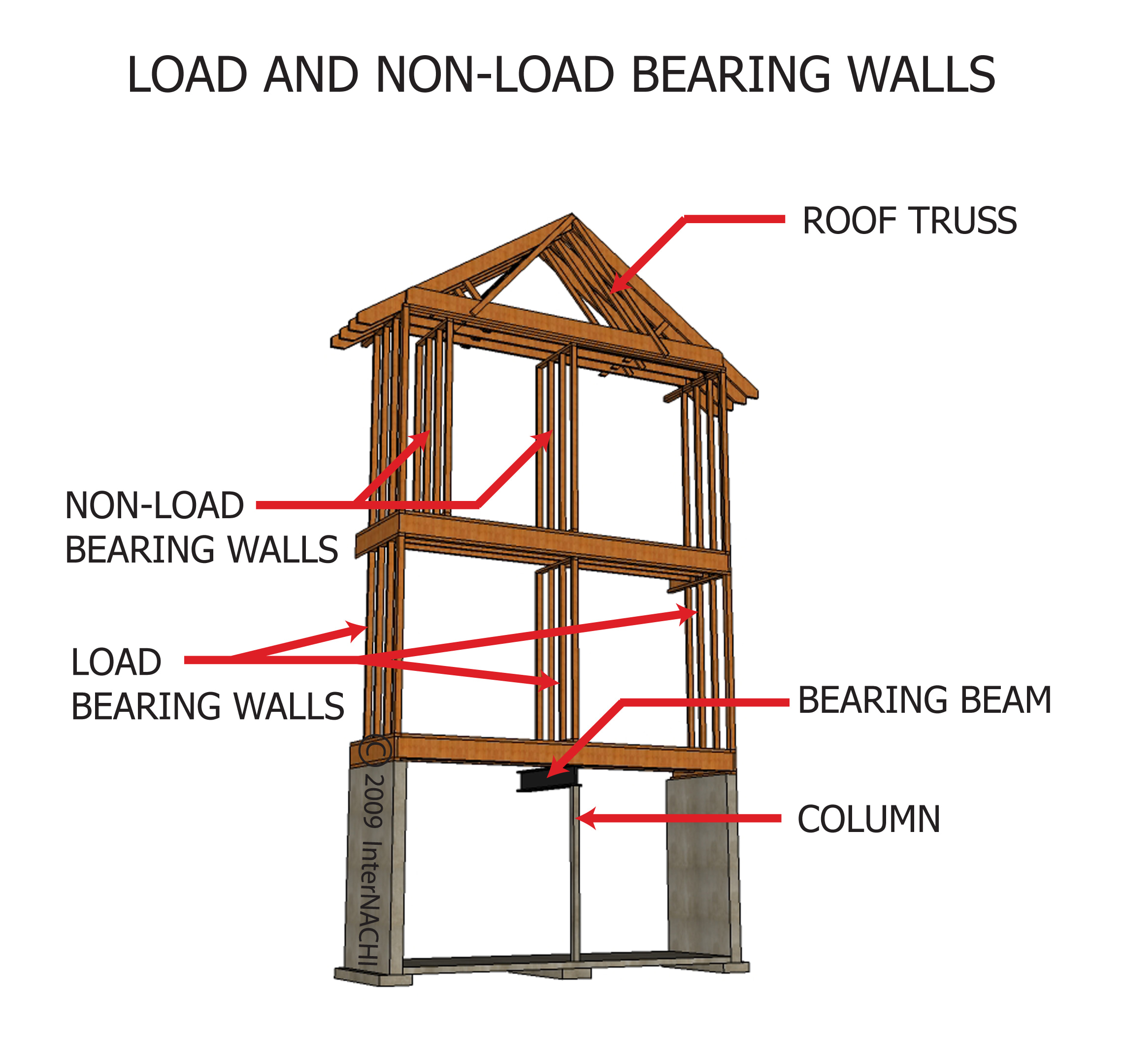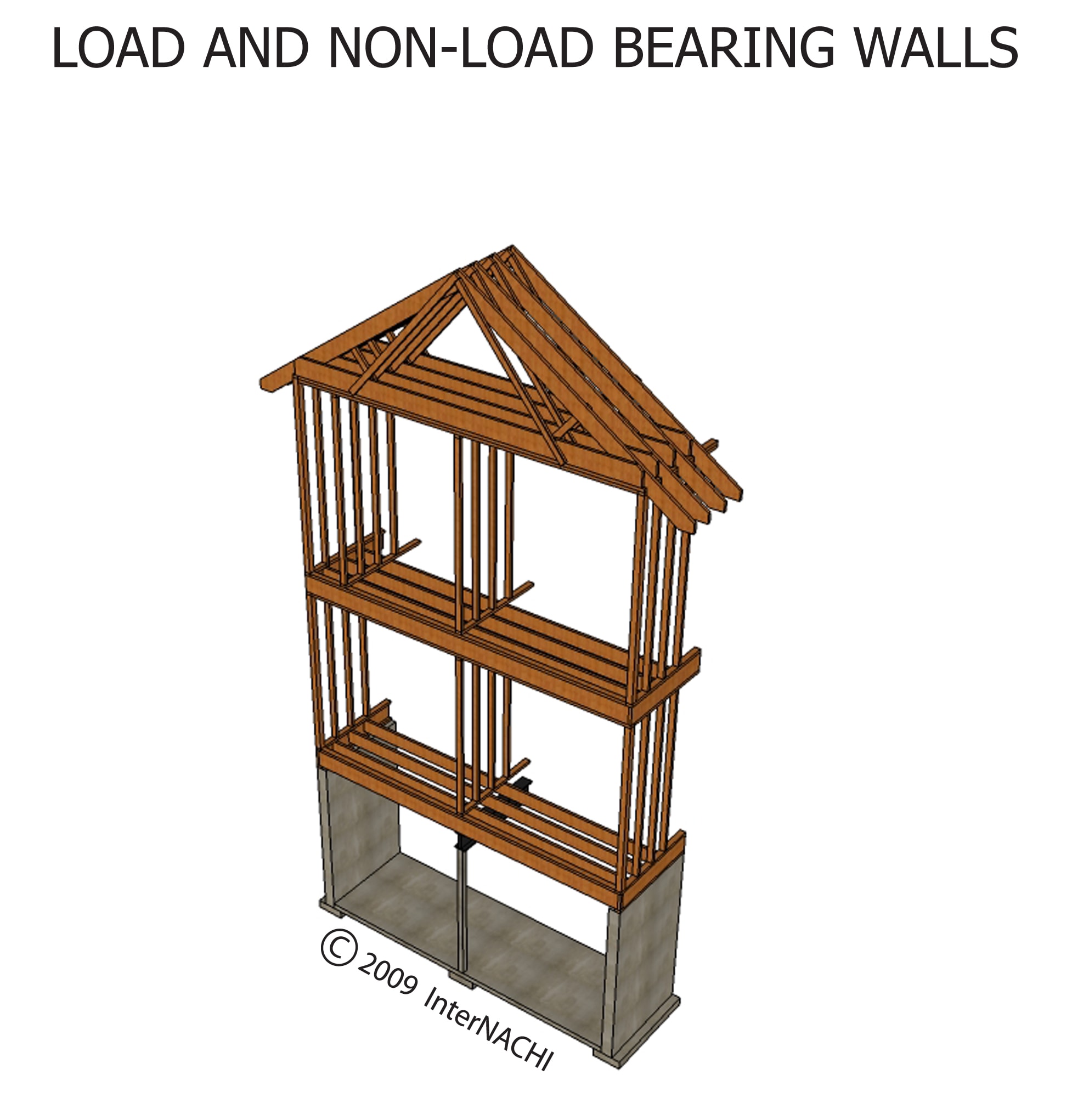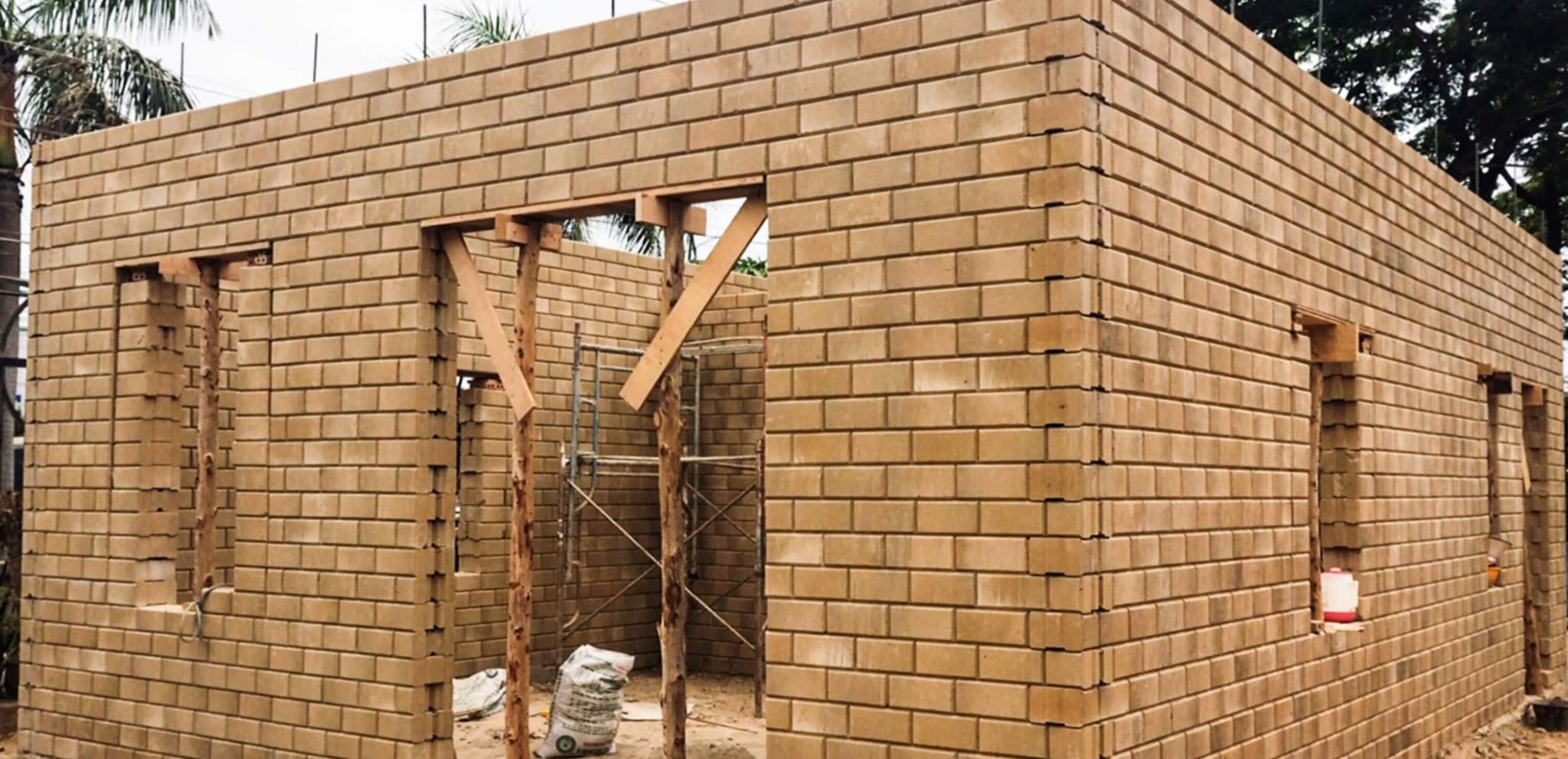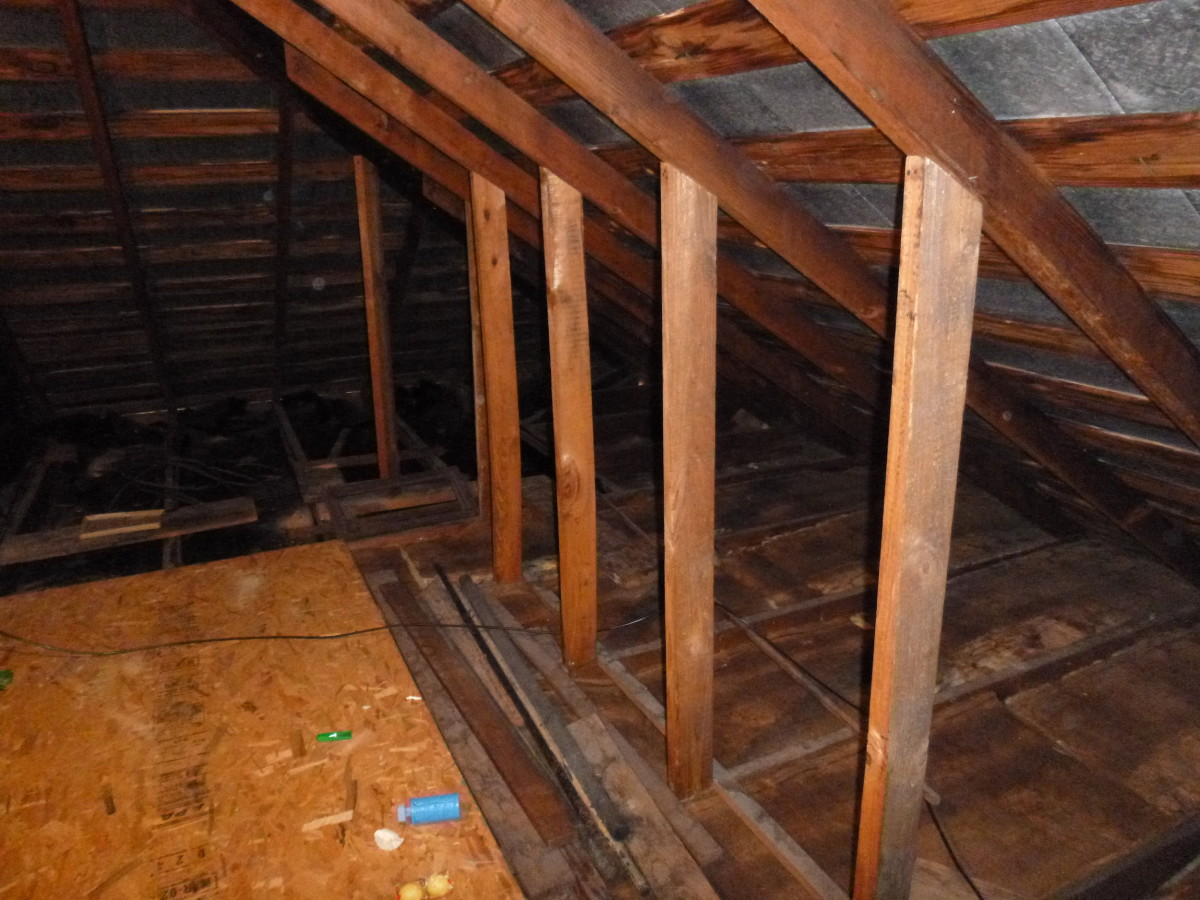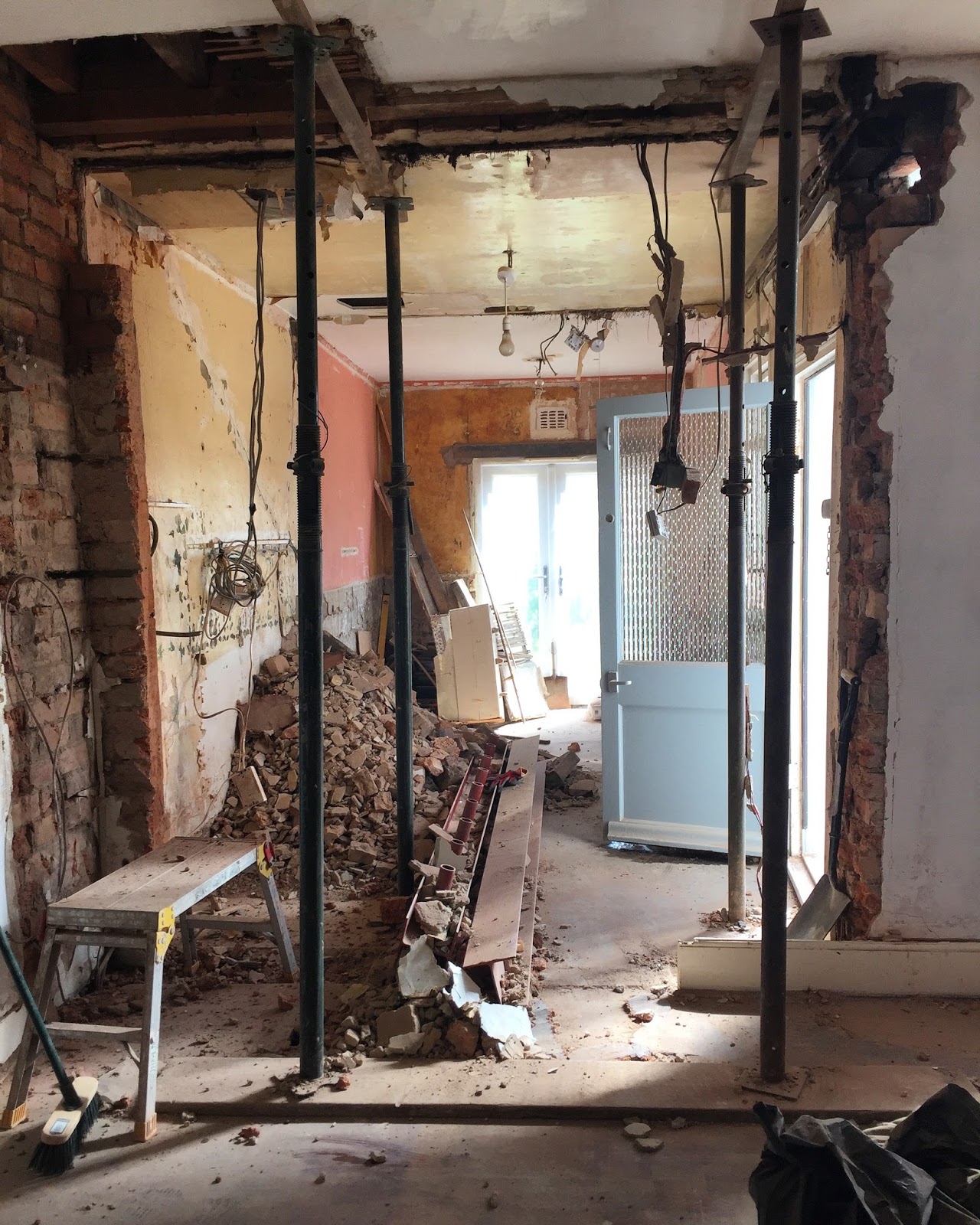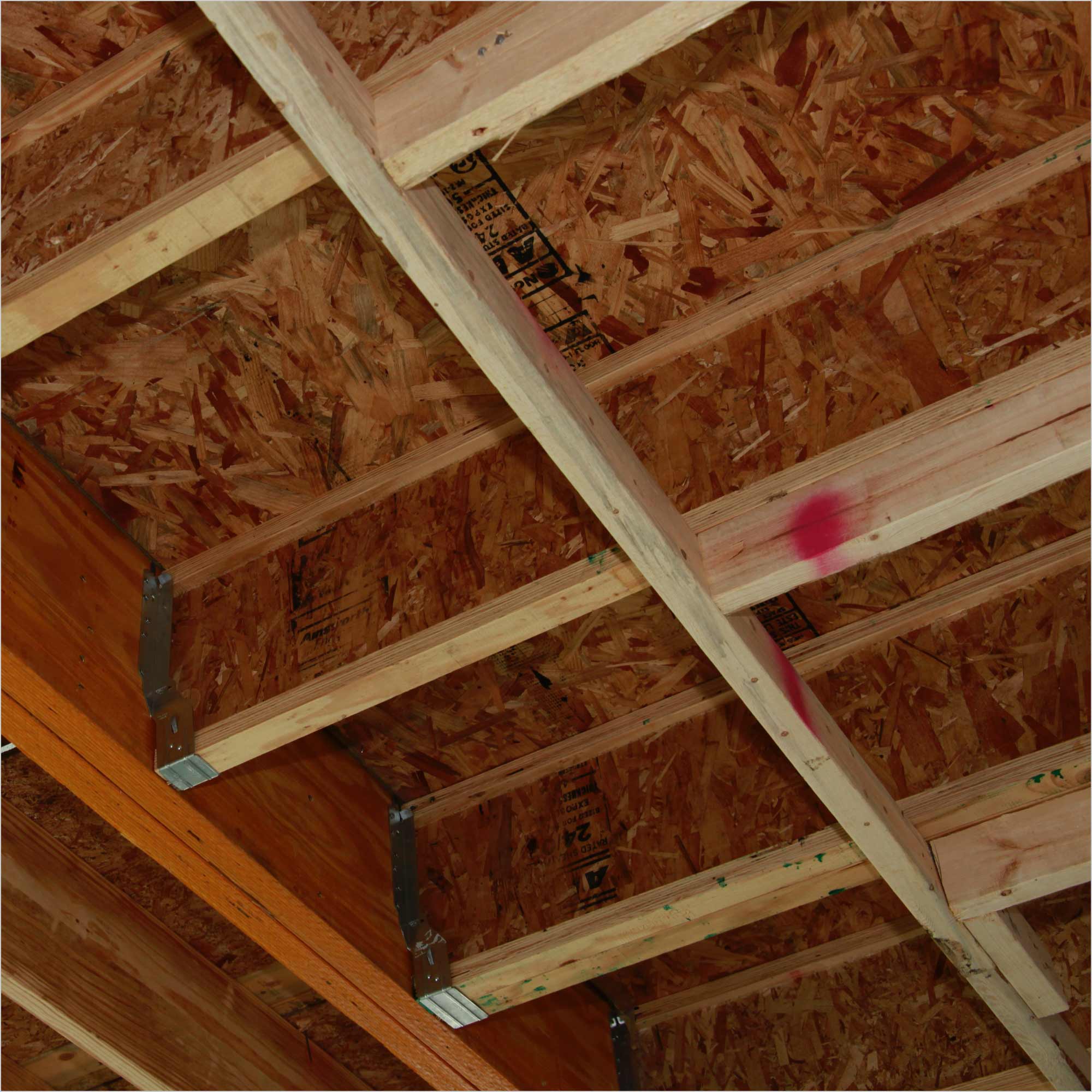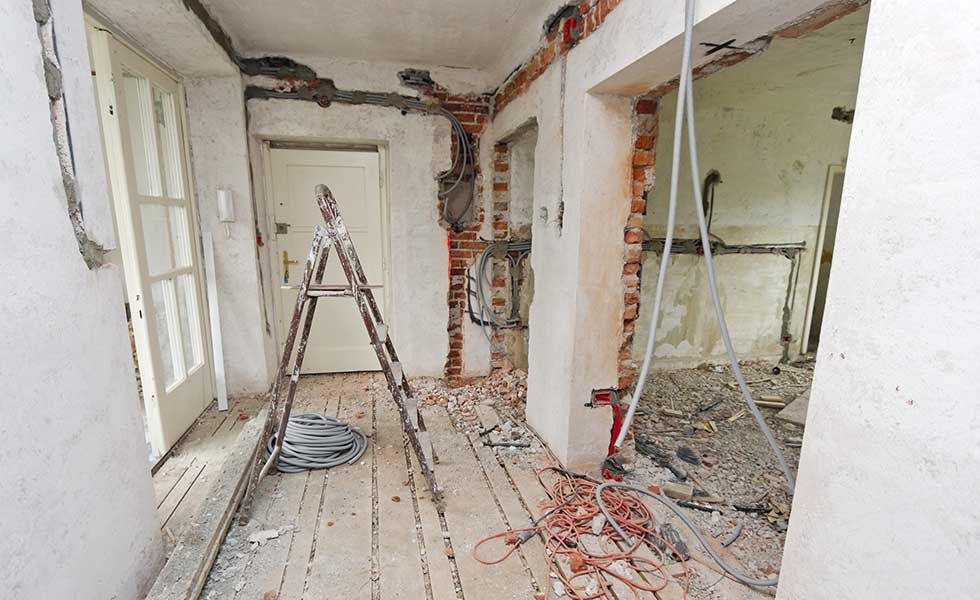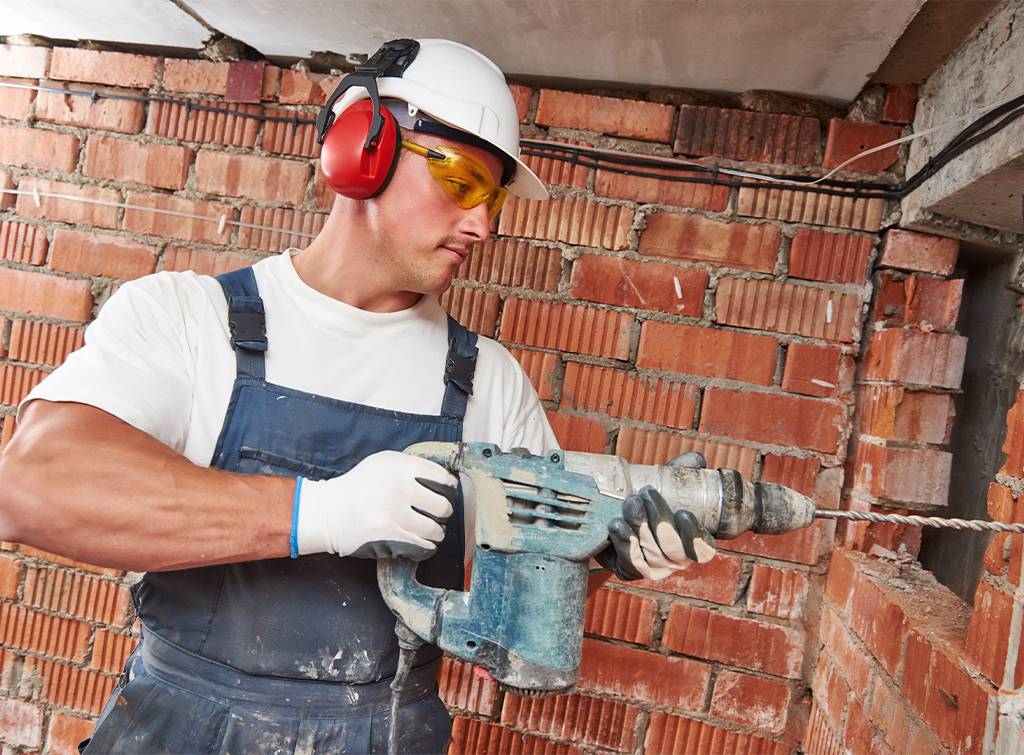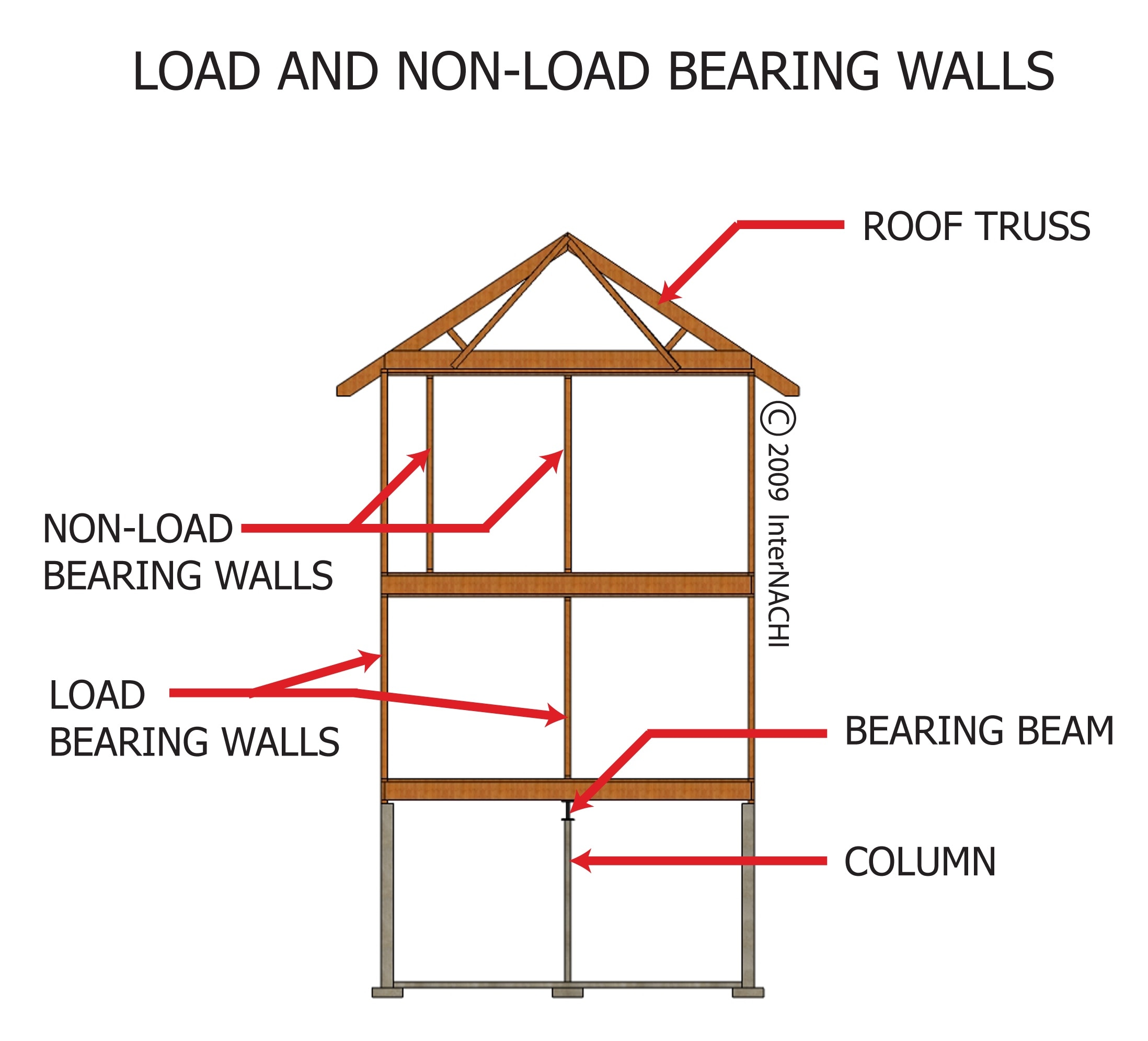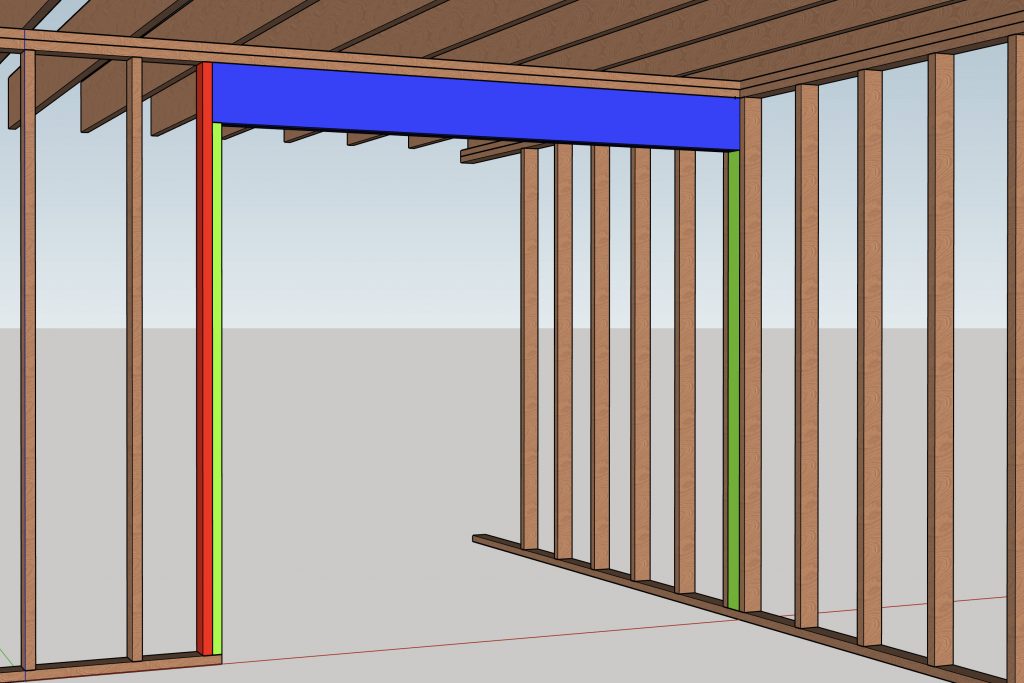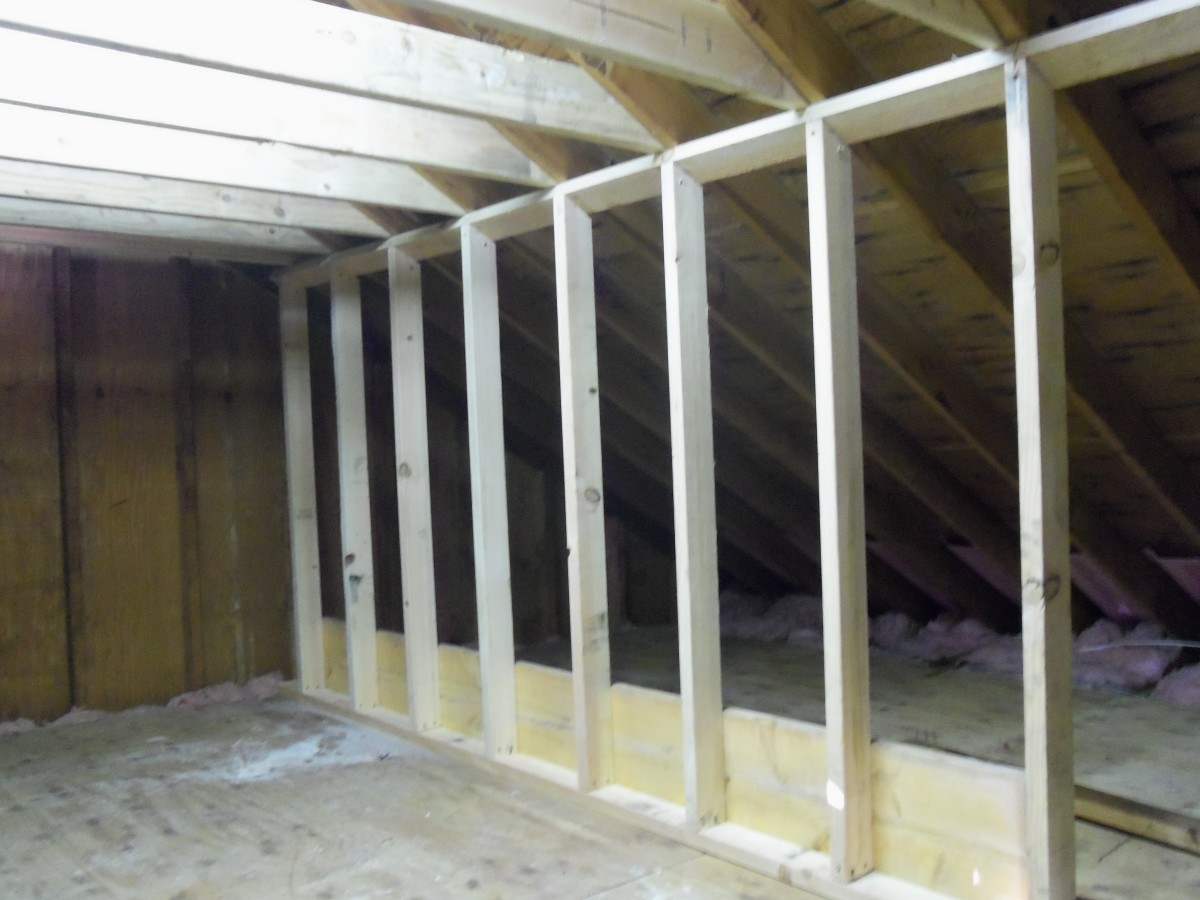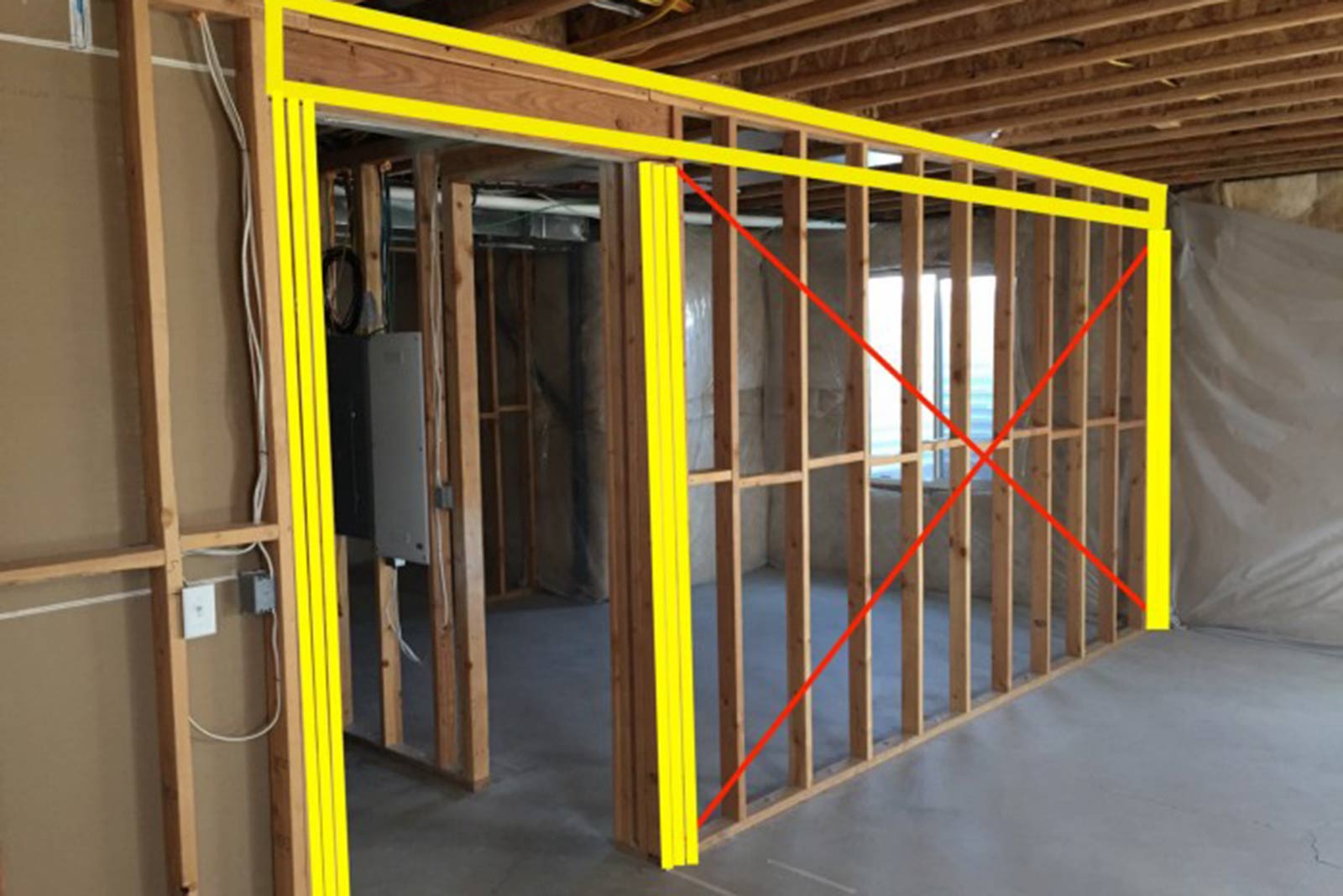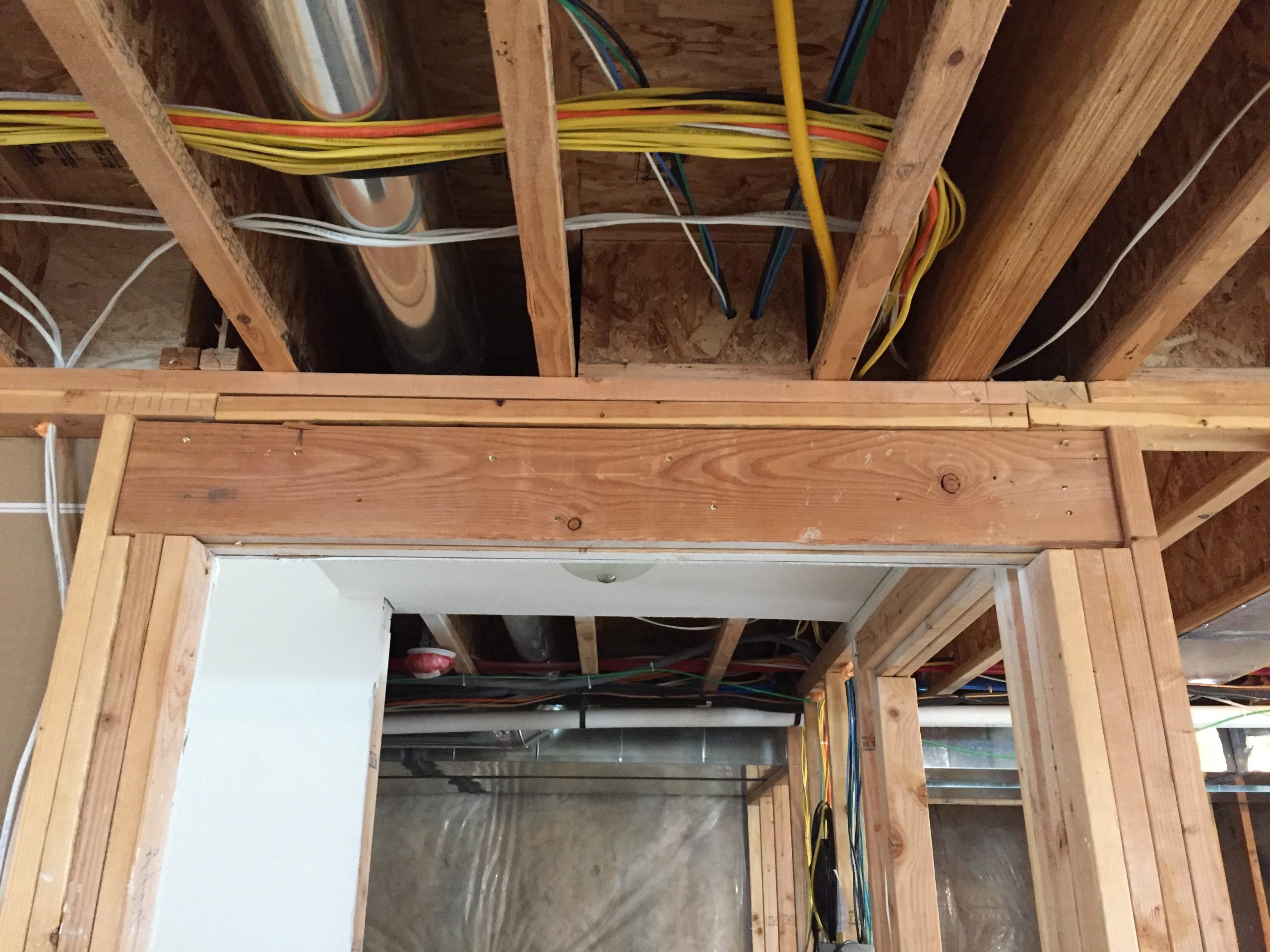Ideal Info About How To Detect A Load Bearing Wall

Go into your attic or basement and look at the direction of your floor joists.
How to detect a load bearing wall. (not all walls that are perpendicular to floor joists are load. Work out the direction of your joists. Generally, if a wall is load bearing, these joists will be perpendicular to the wall.
So a home with a truss roof would rarely have interior bearing walls. Check if the wall is an external or internal wall. Poke your head up in the attic and do the following:
The first place to start is in the lowest point of your house. Go upstairs and see if the wall continues from below. Start in the basement.
2) the thickness of the wall this is another good clue. Wall is perpendicular to the joists. If there is another wall, a floor with perpendicular joists, or other heavy construction above it, it is probably a load bearing wall.
Most trusses only require support at the two ends of their span at the exterior walls; This will either be the basement or the first floor. If you can see a thicker top plate, cyclone rods and any tie downs, that wall underneath is also likely to be a load bearing wall.
Signs a wall might not be load bearing. Simply look up and see if you can spot beams or joists that run the length of the ceiling. Basically, if the wall is not making contact with anything structural.
A good way to tell if a wall isn't load bearing, is if the top timber of the studwork does not touch the timber joist of the floor above or any beam. If the noise you hear sounds hollow, chances are likely that you have yourself a regular wall. How can you tell if a wall is load bearing?
Load bearing walls often have walls above them. All structural loads in a house follow “load paths” from roofs and floors, down though walls and posts to the foundation. However, if you see a truss that has an end inside the exterior perimeter walls, then there may be a bearing.
Before you swing a sledgehammer, make sure you confirm which walls are supporting your home's. However weird this may seem, you should knock (lightly) on the surface of the wall. In some instances, a bearing wall might be parallel to the joists.
